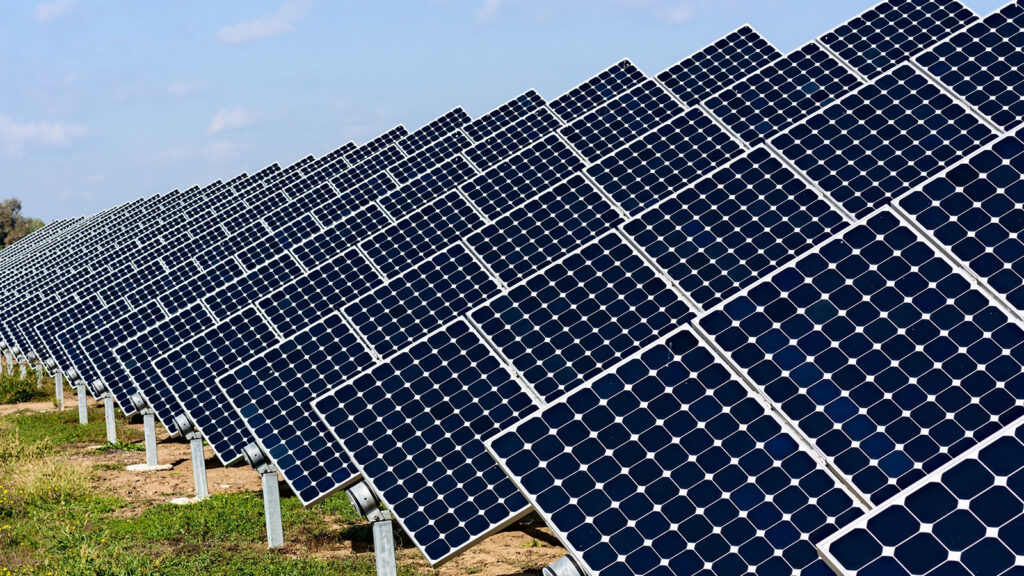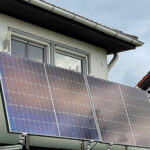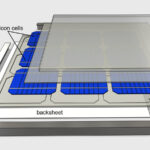As mentioned in many articles in the past, the position and angle of PV panel placement during the installation process has a very important impact on improving the efficiency of PV modules, and it directly affects the amount of electricity generated by PV modules throughout the year. Therefore, in this article, I will tell you how to calculate the best placement angle for your own PV panels. Maysun Solar has already taught some lessons on how to determine if your roof is suitable for PV installation in a previous article, which you can read if you are interested:
Why should I care about the placement and angle of PV panels?
We should understand that the purpose of calculating the best tilt angle is to get the maximum solar radiation. And the solar radiation is strongest when the sun is shining directly on the earth. For example, the equatorial region throughout the year, and then the region where the two lines are located when the sun shines directly on the north and south tropics. So in theory, the photovoltaic panels will be perpendicular to the sunlight to get the most heat from the light, but it is difficult to do in the installation because the sun altitude angle is constantly changing during the day. At the same time, many homes are installed with fixed PV mounts, which, unlike PV mounts with tracking systems, do not automatically follow the sun to adjust their own angle. Therefore, we need to calculate the best tilt angle for PV module arrangement according to the local dimension, so as to get the maximum solar irradiation throughout the year, in order to get the maximum power generation and make the most out of our own PV modules.
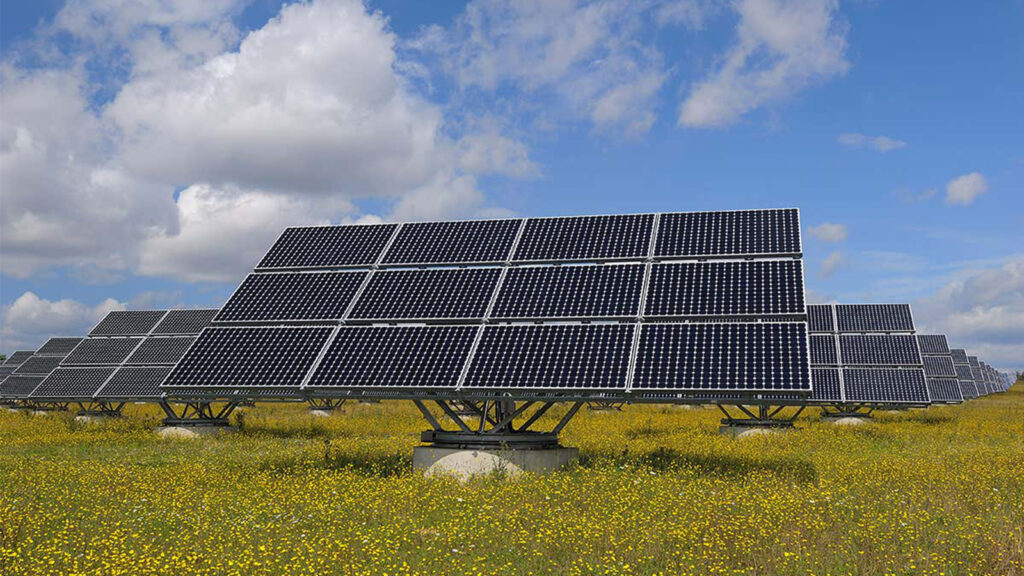
The tilt angle of solar panels is determined by the latitudinal position of the world you are in with the northern and southern hemispheres. It is well known that the earth’s autotransfer and rotation cause the sun to be in different positions at different times of the day and seasons. In order for the maximum intensity of the day’s light to reach the solar panels, we need to determine the placement orientation of the solar panels and calculate the best tilt angle. This depends on two factors: First, the geographical location of the installation site. The second is the time of the year when solar energy is most needed, i.e. when the light intensity is highest.
How do I calculate the best tilt angle?
In general, solar PV panels should be at a greater angle to the ground in the winter to capture the low sun in most winter months, and at a smaller angle to the ground in the summer to maximize output rates. Here are a few methods for calculating the tilt angle.
Method 1:
The optimal tilt angle should increase the latitude of the installation site by 15 degrees during the winter months and subtract 15 degrees from the dimension of the installation site during the summer months. For example, if you live at 50 degrees north latitude, then the angle of your PV panels should be 65 degrees in winter. And in the summer is the angle is 35 degrees.
If you live close to the equator, then the operation will be very simple. Just square the panels on the ground and you will get the best tilt angle.
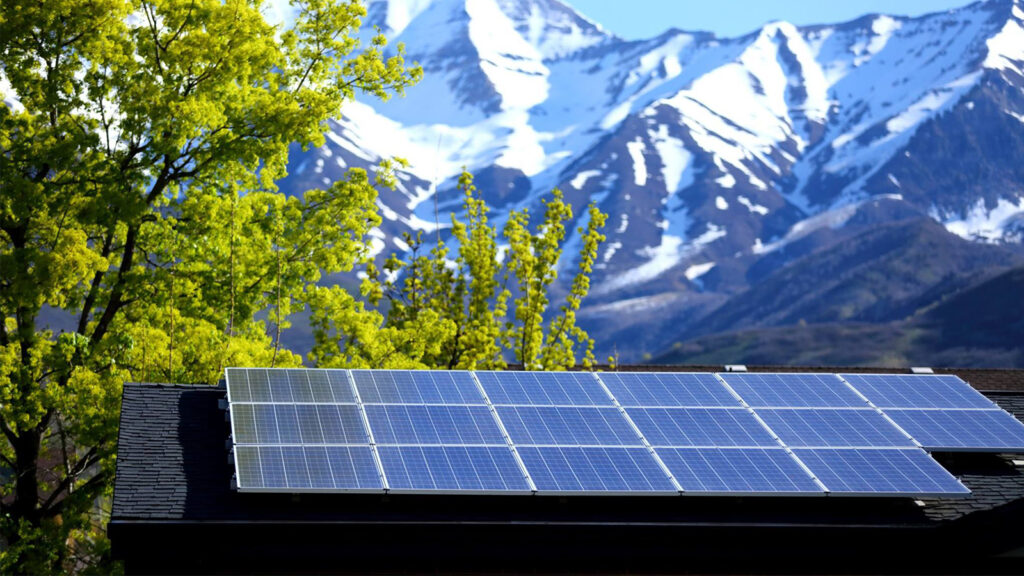
Method 2:
Compared to the first method, this method is slightly more complicated to calculate, but it is more accurate and the results are more optimistic. We need to calculate the result by multiplying the local dimension by 0.9 and adding 29° in winter time. Still taking the example of 50°N, then its optimal tilt angle is 50*0.9+29=74°. This angle is about 10 degrees steeper than the normal method, but it makes very effective use of the midday sun. As we all know, the daylight hours are short in winter and the midday sun is the strongest during the day.
Also, we need to calculate the local dimension by multiplying the local dimension by 0.9 and subtracting 23.5° during the summer time to get the result. In the example above, its optimal summer tilt angle is 21.5°. Why subtract 23.5°? Because the dimensional position of the Tropic of Cancer is at 23°26′, and an approximate number of 23.5 is taken here.
In spring and autumn, if you want to get the best tilt angle, then subtract 2.5° from the dimension of the location.
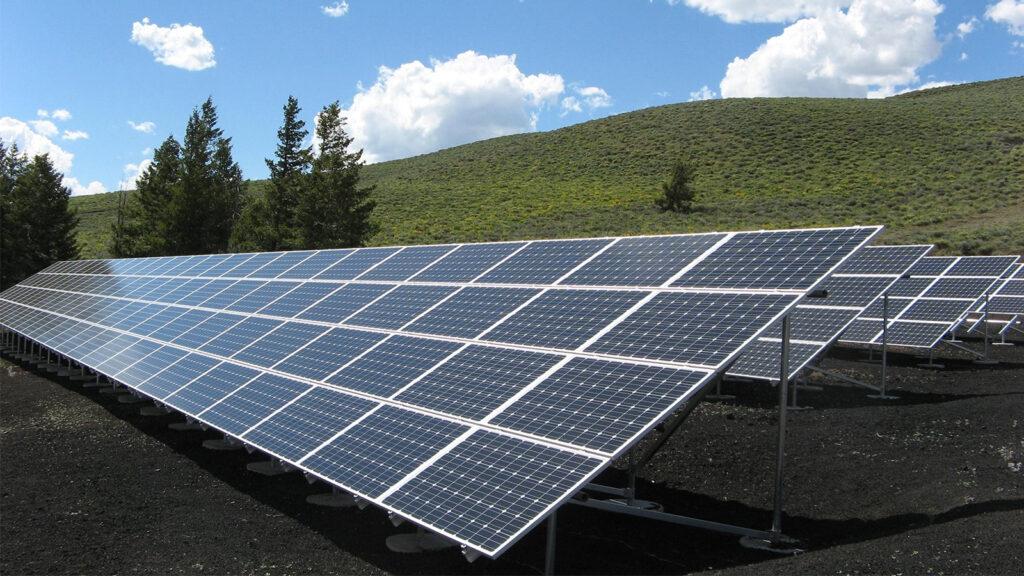
Also, residents of the northern hemisphere should have the PV panels facing south, with southeast being the best. And residents of the southern hemisphere should have the PV panels facing north. If it is convenient, we have to adjust appropriately with the specific local sunlight conditions.
As a PV module manufacturer with 15 years of industry experience, Maysun Solar has landed and executed many small, medium and large PV projects, and has established long-term and stable relationships with many excellent installers. You are welcome to contact us to get the latest module quotation or to ask PV related questions.

